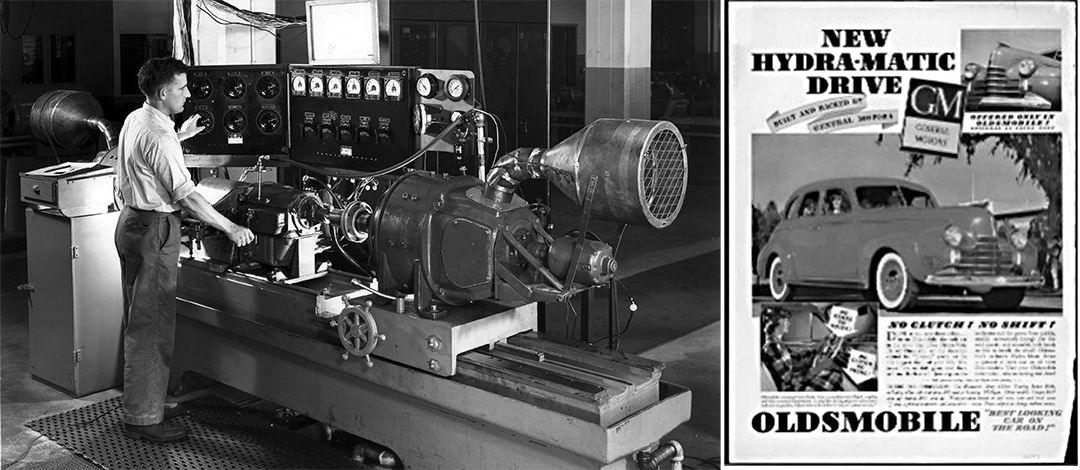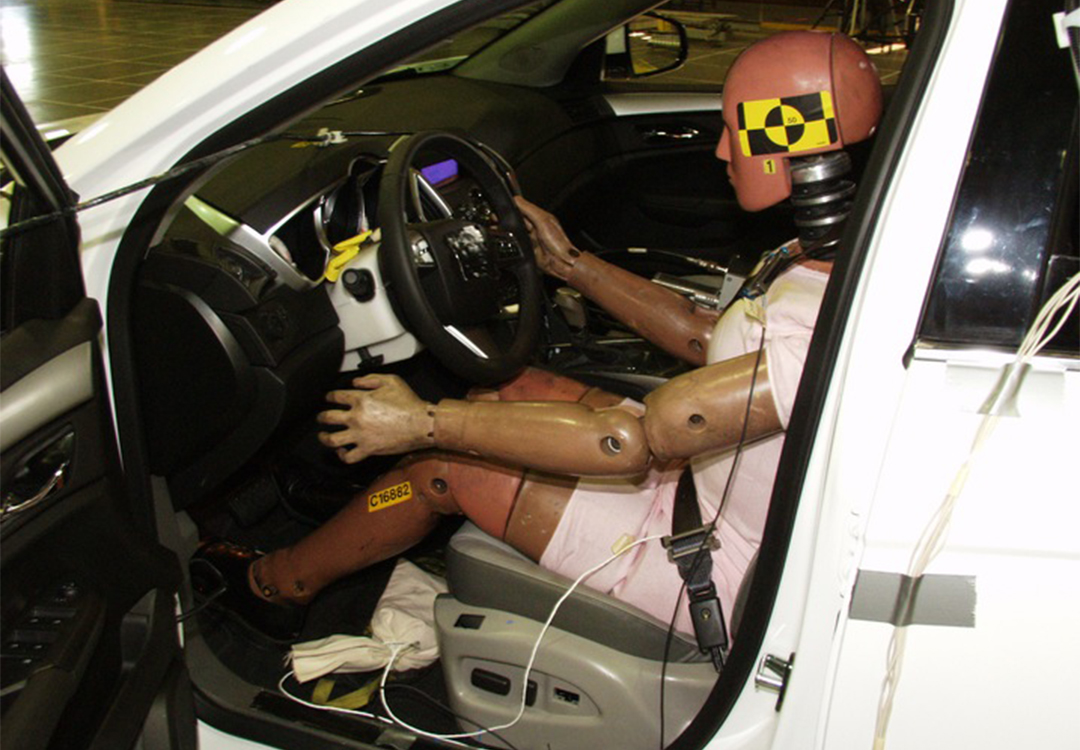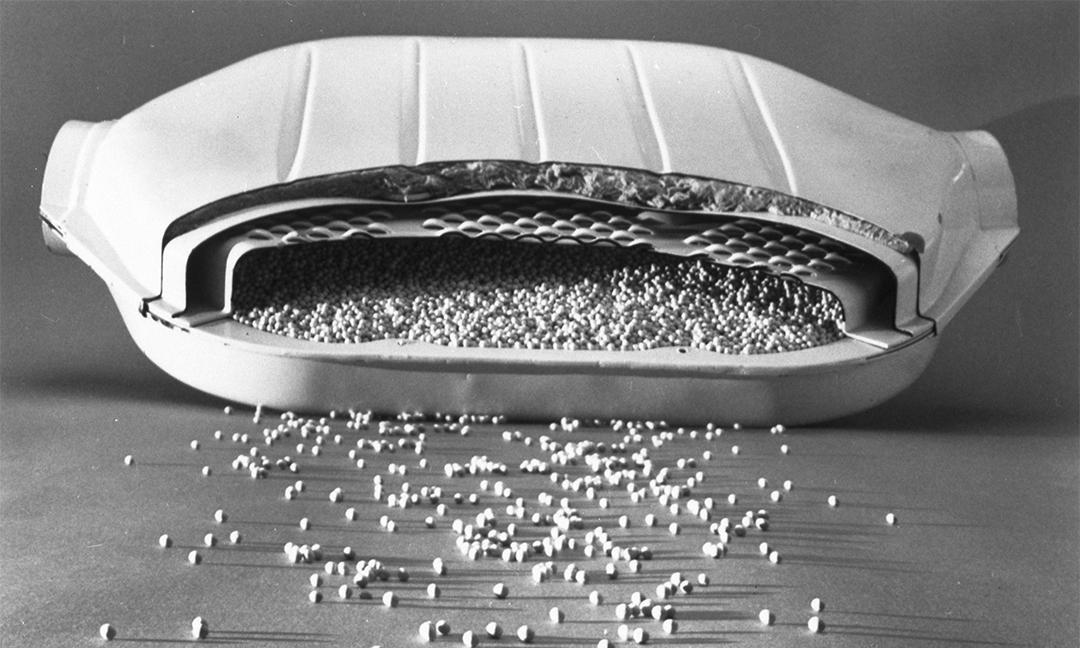For 100 years, we have tested new cars, technology, and safety features at our Milford Proving Ground(MPG) in southeast Michigan. Covering 4,000 acres and featuring nearly 150 miles of roads, nearly 10% of our 52,000+ Michigan workforce is located at MPG where the site serves as an important facility to test and refine automotive features. MPG is linked to a rich history of innovation that reflects the past, present and future of GM.

1. The automatic transmission:
In the 1930s, our engineers developed the first mass-produced automatic transmission, the Hydra-Matic. Before this four-speed wonder could hit the market, it was subject to extensive on-road testing at MPG. Thus, a new (clutch-less) era was born. Today, Milford supports the testing of the propulsion systems used in our EV vehicle lineup.

2. The sports car:
In the early 1950s, a new type of vehicle hit the tracks at MPG — one with a sexier silhouette and faster engine. In 1953, the Chevrolet Corvette was born, bringing with it an entirely new market segment and creating an American icon. Every subsequent Corvette has been tested at MPG, including the 1,064-horsepower 2025 Corvette ZR 1.

3. Safety features:
Starting in the 1960s, crash test dummies were tested at MPG to better understand the impacts of vehicle collisions. This work led to the development of life-saving technologies such as airbags, seatbelts, and reinforced guardrails. Today, GM continues to develop safety technologies at Milford, including automatic emergency braking and lane-keeping assist systems.

4. The catalytic converter:
In the 1960s, GM took another step toward cleaner driving with the invention of the catalytic converter, which reduces toxic gas emissions from internal combustion engines. By 1975, all gas-powered GM vehicles sold in the U.S. and Canada had a catalytic converter. The catalytic converter was an early proof point of our efforts to create a cleaner environment and helped further the early success we are building upon today as we move towards an all-electric future.
5. Autonomous vehicles: At the 1939 World’s Fair, we demonstrated one of the first autonomous car concepts in an exhibit called “Futurama.” By the 1950s, GM was testing a self-driving Chevy that followed a cable embedded in Milford’s circular test track. Nearly 70 years later, GM and Cruise launched the first fully autonomous Chevy Bolt in 2016. Cruise plans to launch an autonomous version of the next-generation Bolt.
Over the decades, MPG has served as a valued link in our effort to bring high-quality, well produced vehicles to our customers. The impact of MPG, felt across our network of 90,000+ employees and our supplier and dealer network, isn't just a part of our history, it is a proof-point in our strategy to keep producing the best vehicles with the most qualified workforce. MPG is an important part of our history and will continue to play a vital role in our future as we move towards an all-electric future.